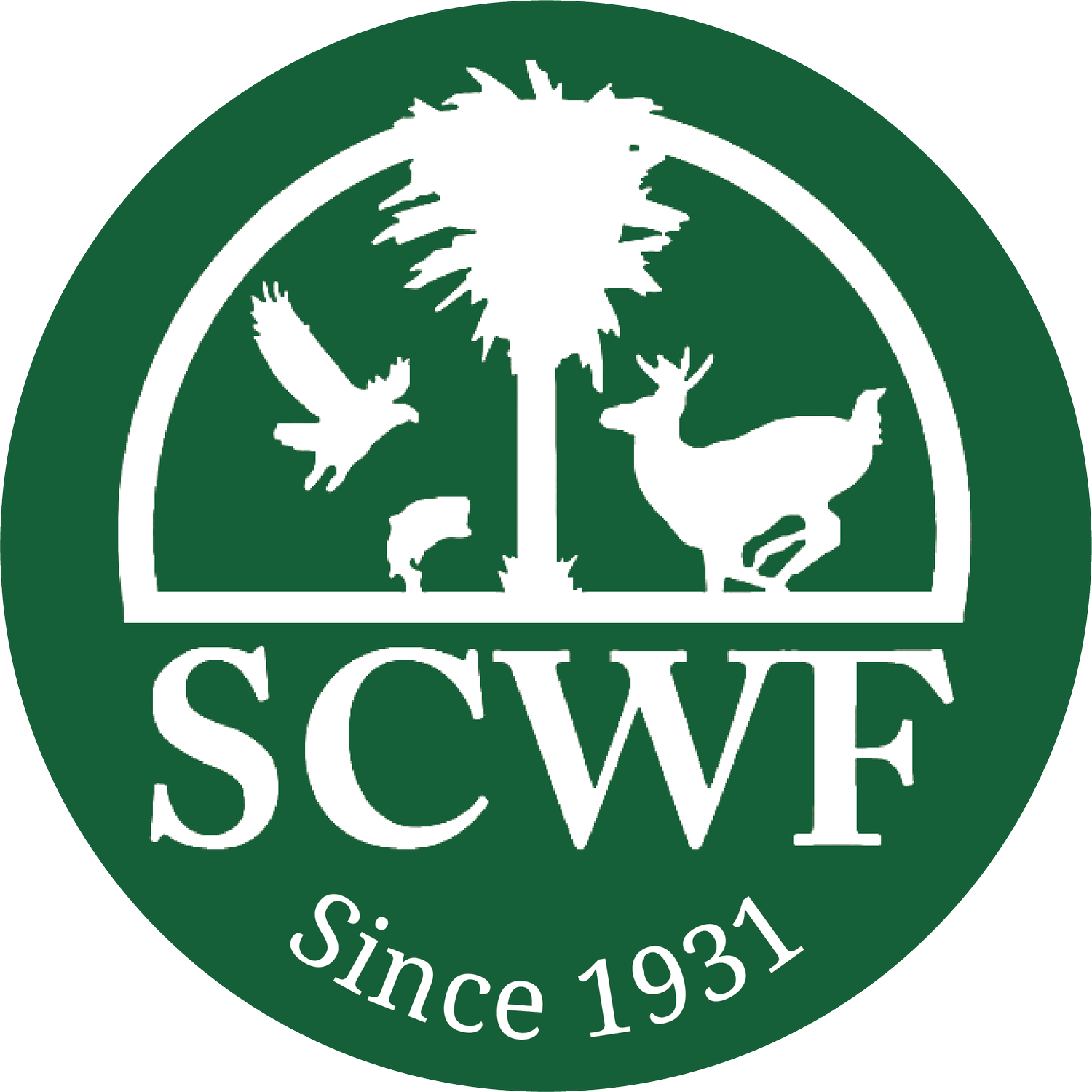Article by Tess Renusch, National Wildlife Federation
Published September 30th, 2024
https://blog.nwf.org/2024/09/leave-the-leaves-to-save-fireflies/
Fireflies are in decline, but you can help them by skipping the yard waste bags this year.
If you’ve ever lived in a region with fireflies, you’re probably most familiar with them as flying insects that light up the sky with their rhythmic blinking. But did you know that most of a firefly’s life can be spent under the leaves?
Fireflies as Larva
Like many insects, fireflies go through multiple life stages. The flying bugs we see are their adult form, but before they reach adulthood they first pass through their larval and pupal stages. In fact, for most species of fireflies, the larval stage makes up most of their life! For one species, Photinus pyralis, they spend 1-2 years as a larva, and only 30 days as an adult!
But most people have never even seen a firefly in its larval stage, or if they have, they haven’t realized what they were looking at. Firefly larvae look almost nothing like their adult forms. They often have a long, almost worm-like, body and most do not have any wings or have short wings that they cannot use for flying.
So if they don’t fly, where do these insects live for years on end? The answer lies beneath our feet.
Many firefly larvae are carnivorous, eating snails and worms they find in the moist soil! Credit: Katja Schulz/Flickr
A Life in the Leaves
While each firefly species is different, many fireflies spend their larval stage beneath a layer of fallen leaves or even under the soil. The moist environment that the leaf layer creates is a must for many firefly larvae, since some even depend on gills to breathe! The leaf layer is also helpful for many other insects and small creatures, like snails. Since many firefly larvae are carnivores, these other small animals in the leaf layer are a vital food source!
Not only does the leaf layer provide a moist environment and support a healthy food web for fireflies, but it is also essential for protecting them overwinter. Since many fireflies spend years as larvae, the leaves keep them warm, hidden and protected while they hibernate.
Roughly 30% of yard waste bags go to the landfill where they will produce methane, a greenhouse gas contributing to climate change. Credit: xphotoz
Leave the Leaves for Fireflies
Fireflies are disappearing in America, and how we maintain our yards and gardens is a huge reason why. When homeowners and gardeners fill up yard waste bags with leaves, sticks, and other organic matter, they’re getting rid of the leaf layer that these firefly larvae need.
Not only that, but oftentimes the firefly larvae themselves get put into those yard waste bags and get carted away! About 30% of these yard waste bags end up going straight to the landfill. Some get composted, but others are incinerated– which releases carbon dioxide greenhouse gasses. Wherever these yard waste bags end up, it’s not good news for the fireflies.
To help save the fireflies, you can avoid the yard-waste bags. Instead, opt to intentionally use the fallen leaves in your yard. You can rake the leaves off your paths and lawn and move them to create a beneficial leaf layer in your garden beds and around the base of trees. Leaving the leaves doesn’t just benefit fireflies, but dozens of other wildlife species that depend on it to survive!
Banner image by James Jordan Photography



